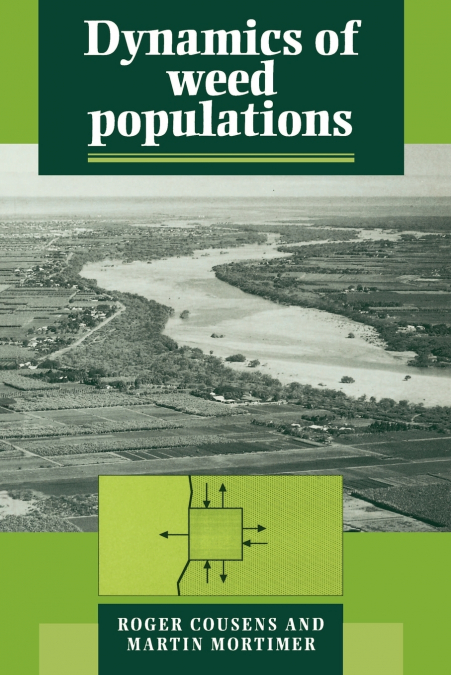
Martin Mortimer / Roger Cousens
What are the ecological attributes of weeds that confer the ability to interfere with human activities? Roger Cousens and Martin Mortimer place weed management within an ecological context, with the focus on the manipulation of population size. The dynamics of abundance and spatial distribution are considered at both geographic and local scales. The basic processes of dispersal, reproduction and mortality are described, together with the factors that influence them. Management is shown to modify patterns of behaviour that are intrinsic to populations. Attention is given to the evolution and management of resistance to herbicides. This book provides weed science with the conceptual basis that has previously been lacking. It also gives ecologists access to the extensive database on the population ecology of weeds.